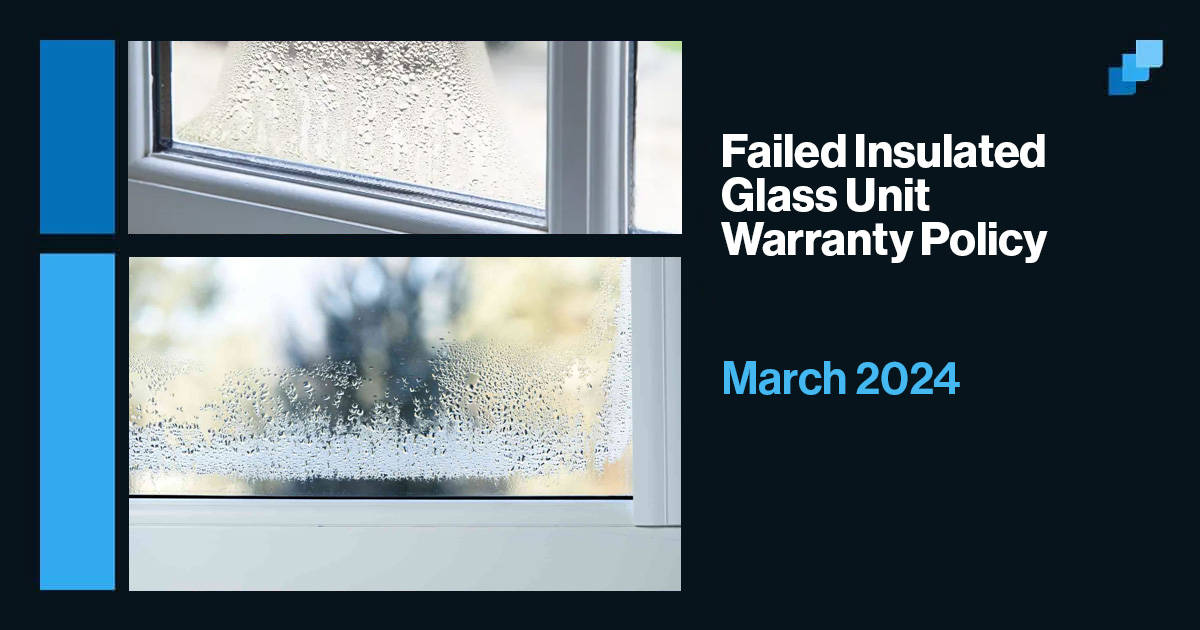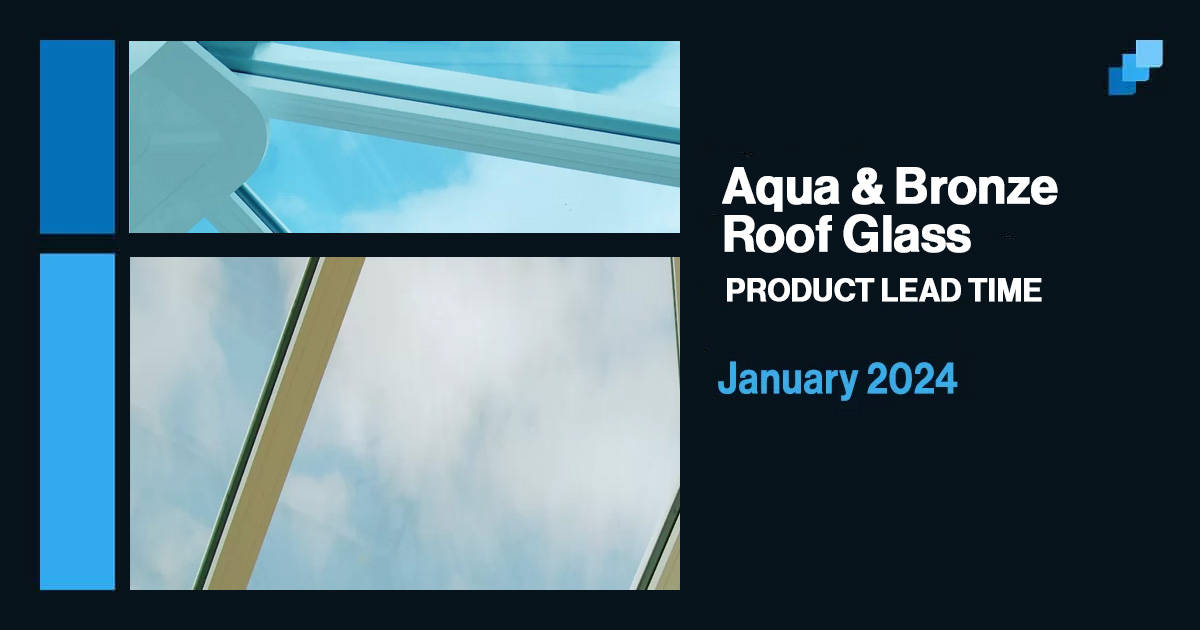Low E, or Low-Emissivity, glass is a type of glazing glass containing a transparent, microscopic coating that improves the thermal efficiency of your windows. Today we’re looking at the advantages and disadvantages of low E glass, to make sure you’re as informed as possible when it comes to your next glazing purchase.
LOW-E GLASS: HOW DOES IT WORK?
It is thought that between 10-50% of a given home’s energy loss occurs through its windows and doors, and that 90% of the energy lost through windows is lost through the glass itself. This is an undeniably hefty chunk of energy to be losing through such a small area of your house’s architecture. In 1975, the first low-emissivity glazing solution was brought to market in a bid to change this.
The emissivity of a surface refers to the amount of energy it emits at specific wavelengths, with thermal energy usually being the focus. A material is given a numerical thermal emissivity value of between 0 and 1, with a perfect reflector having an emissivity of 0 and the perfect absorber having an emissivity of 1.
Metals, such as Silver and Aluminium, have thermal emissivities of <0.05, while standard clear glass comes in at around 0.9, making it one of the higher emissivity materials out there. Breaking this down, standard glass with its thermal emissivity of 0.9, allows 90% of thermal energy to pass through it, reflecting the remaining 10%. Clearly then, window glass needs some help in reflecting heat back into the home.
This is where low E glass comes in. Low E glass is essentially standard clear glass with a microscopic, transparent coating on its surface that is better at reflecting heat than the glass itself, creating a composition that has a lower emissivity than standard glass. Glass with a low E coating therefore keeps your home warmer by reflecting a higher proportion of the heat back into your home, and can keep you cooler by reflecting solar thermal energy from outside.
This coating can either be “soft-coat” – applied to glass off-line in a vacuum chamber at room temperature and sealed within an IGU, or “hard-coat” – which is fused to the surface of the glass while it’s being produced. For the purposes of this piece, we’ll be focusing on soft-coat, as it is of lower-emissivity, and more commonly used in the UK market.
The coating used in soft-coat low E glass units tend to be that of a low-emissivity metal, such as silver.
ADVANTAGES OF LOW E GLASS: INSULATING POWER

The first of the big advantages of low E glass is the supreme insulating power it adds to your windows. Low E glass has higher insulative properties than standard uncoated glass thanks to its low-emissivity film, thus making those harsh British Winters a fair bit warmer for your home’s inhabitants.
Adding the soft-coat low E film allows your glass to have an emissivity as low as 0.05. So, when combined with other insulating tech, such as warm-edge spacer bars and argon-gas-filled cavities, low E glass can be used to create an IGU (insulated glass unit) of real insulating potential. Double-glazed units made with low E glass, and the aforementioned IGU tech, can have a U-value as low as 0.9!
Translating this into a real-world scenario, low E glass might be the one for you if you have pesky family members fiddling with the thermostat on a regular basis. With your home now that bit warmer from November to March, familial thermostat offences could be reduced to an all-time low.
When it comes to the advantages and disadvantages of low E glass, there aren’t many more compelling arguments for its installation than its insulating power. From this sprout many other advantages that we’ll cover now…
ADVANTAGES OF LOW E GLASS: IMPRESSIVE SOLAR GAIN STATISTICS

Remember how we said a low E coating reflects heat? Well this isn’t purely limited to an insulating capacity. Look out your window, what do you see? Admittedly, there is a good chance that the answer is simply “clouds”, but often there is quite literally a gigantic ball of fire in the sky hurling all sorts of radiation at your windows, particularly between the months of May and September. Potentially making for some sweaty indoor summer conditions.
As we explain HERE the positioning of a soft-coat low E surface layer must be contained within an IGU. So, if you were looking at a double-glazed window from the outside, the very outer surface and the very inner surface are off limits – leaving you with two sealed internal surfaces to which a low E coating can be applied. The surface used is generally the internal surface of the inner pane.
Putting the coating here has some optical benefits, but also allows the IGU to have lower solar gain statistics. Essentially, in much the same way that low E glass reflects heat back into the house, thermal energy from the sun is reflected away from your home. A low E coating in combination with a tint is often referred to as “solar glass”, and can have a solar heat gain coefficient (g-value) of as low as 0.14 – meaning 86% of solar thermal energy is reflected away from your home. Thus, creating a cool, comfortable indoor summer environment – another of the big advantages of low E glass.
Applying this to another real-world scenario, kids take ages to eat ice creams. Before you know it, it’s all over their clothes, your clothes, the floor, the settee, the ceiling, the family pet, everywhere. Comfortable Summer indoor temperatures aside, the solar reflective properties of low E glass may very well increase the refractory period between the initial scoop, and the first drip.
ADVANTAGES OF LOW E GLASS: UV PROTECTION

Through a similar mechanism to which thermal radiation is reflected, low E glass is also able to prevent the vast majority of UV radiation from entering your home. This not only protects your family, but also your furnishings, as UV light has a particularly annoying habit of having a sort of bleaching effect on your carpets and fittings, causing them to lose their colour.
The way this UV protection works is a bit science-y. Remember the radiation chart from your science classes in school? Essentially radiation comes in different forms dependant on its wavelength. For example, a heat source emits infrared waves, which have a longer wavelength than visible light, among other things the sun emits Ultraviolet waves, which have a shorter wavelength than visible light. Without getting too technical, the coating on low E glazing is able to resist these specific wavelengths of radiation pretty darn effectively, whilst still allowing a portion of the visible light waves to pass through.
The most effective low E windows stop almost 100% of UV radiation from entering your home, keeping your family safe and your furniture un-discoloured.
BONUS ADVANTAGES OF LOW E GLASS
- Firstly, as mentioned soft-coat low E glass contains its low-emissivity coating on a surface sealed within the unit, this means the coating is less likely to be damaged or scratched, and will likely retain the vast majority of it’s insulating, sun-reflecting and UV protecting powers for many years.
- Low E glass also does not prohibit the addition of other useful features such as increased security, noise-proofing or easy-cleaning technology.
- Low E glass makes your home more energy efficient, potentially saving you money on your heating bills, and performs better than standard double glazing.
- This reduction in your heating bills correlates to a reduction in total energy usage, reducing your carbon footprint.
- Finally, low E glass reduces the glare from light sources compared to standard uncoated glass.
DISADVANTAGES OF LOW E GLASS: DECREASED NATURAL LIGHT ENTRY

The first of the disadvantages of low E glass is a bit of a room divider. Depending on the way you look at it, this could be an advantage or a disadvantage. In our opinion it’s probably both. It could fall into the “disadvantages of low E glass” category, because natural light entry to your home will be diminished through these particular windows, ranging anywhere from a 25% to an 85% reduction, dependant on the specification of the units you choose.
But this could also be seen as an advantage, because having 100% natural light coming in through your windows would be annoying for myriad reasons; increased glare, and associated increased UV and thermal radiation, entering your home being top amongst them.
A window that reduces natural light transmission gives you a choice. You can have the slightly darker, un-glare-y atmosphere of a closed window, or simply open it and let the light shine on in.
DISADVANTAGES OF LOW E GLASS: IT’S MORE EXPENSIVE

Now initially this one is one of the disadvantages of low E glass. None of us like shelling out more than we have to – especially when there are cheaper alternatives out there. A soft-coat low E glass unit is generally more expensive to purchase for your windows than an uncoated standard toughened glass unit.
However, this extra cost you pay for this glazing type initially, with its powerful thermal insulating properties, may very well lead to savings in your heating bills compared to standard uncoated glass. Potentially meaning the money you’d save initially installing standard glass could be lost on heating bills in the future, due to their inferior insulating ability.
CONCLUSION
Well there you have it, the advantages and disadvantages of low E glass, all in one place.
When it comes to the advantages and disadvantages of low E glass, it can be seen that the positives are plentiful and the negatives are negligible. With its remarkable ability to reflect heat in such a way that makes it beneficial across all seasons of the year, whilst also protecting your furniture from UV radiation and potentially lowering your home’s carbon emissions, the advantages of low E glass are easy to see. But for some, its increased initial cost and diminished natural light transmission may lead them to believe that the disadvantages of low E glass outweigh the benefits.
We hope our piece: “8 Advantages & 2 Disadvantages of Low E Glass” has helped you become more informed about your glass options when it comes to your next glazing purchase. If your business would like to be supplied with low E glass products, whether it be window units, door units, bifold units or roof units, head to our “contact us” page to get in touch!
If you are a business and would like to view our low E glazing products please click one of the links below!
SMARTGLASS Conservatory Roof Glass
Celsius Performance Glass Conservatory Roof Glass
Or if you have any questions about our range, or would like to discuss becoming a Clayton customer, please get in touch!






